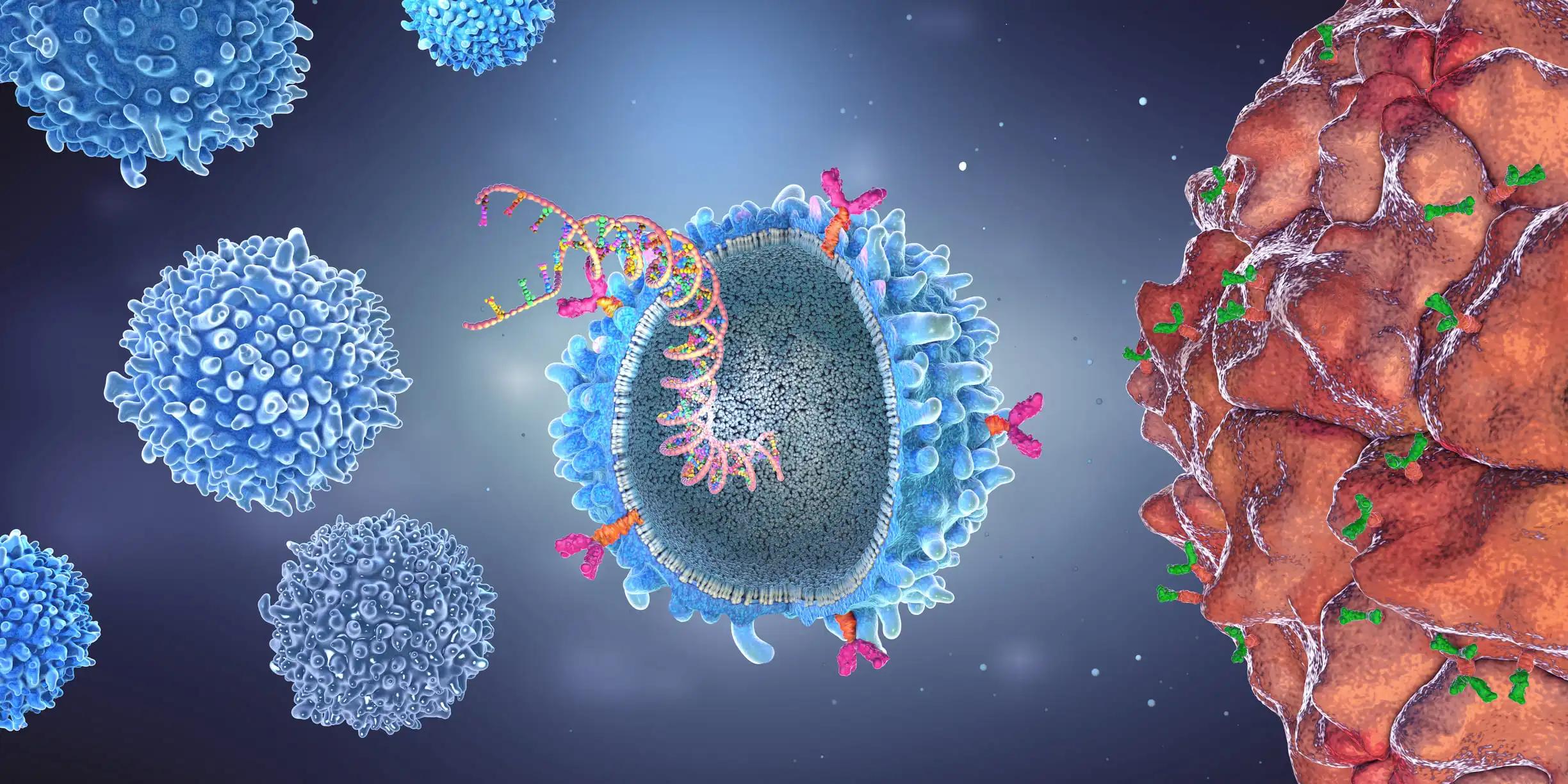KEY TAKEAWAYS
- The phase IV US MM-6 study investigated iCT from bortezomib-based treatment to an all-oral regimen of ixazomib-lenalidomide-dexamethasone (IRd) for NDMM patients.
- The primary endpoint was a 2-year PFS.
- The study demonstrated that transitioning to IRd treatment extends PI-based therapy, enhanced response depth, and maintained safety, even in elderly and frail patients.
In the US MM-6 study, after undergoing three cycles of bortezomib-based induction therapy, patients (pts) were enrolled to receive up to 39 cycles of ixazomib-lenalidomide-dexamethasone (IRd) treatment. The primary endpoint was to achieve a 2-year progression-free survival (PFS). The outcomes were assessed based on patient age (<75 years versus ≥75 years) and frailty status (non-frail versus frail).
As of the data cutoff date on October 17, 2022, a total of 140 pts had received IRd treatment. Among them, 42% were aged 75 years or older, and 61% were classified as frail. The median follow-up duration was 26.8 months. Notably, 12% of pts under 75 years and 7% of those aged 75 or older were still on IRd treatment, as were 13% of non-frail pts and 8% of frail pts. The overall median duration of IRd treatment was 11 months, with a difference of 14 months for pts under 75 years versus 9 months for those aged 75 or older and 12 months for non-frail versus 10 months for frail pts.
The overall response rate (ORR) increased from 62% during the induction phase (with an 8% complete response rate) to 80% (with a 37% complete response rate) following the transition to IRd. Specifically, among pts under 75 years, ORR increased from 60% to 80%, and among those aged 75 or older, it increased from 64% to 80%. Additionally, among non-frail pts, ORR increased from 70% to 81%, while among frail pts, it increased from 57% to 79%. Overall, the 2-year PFS was 71%, with a 95% confidence interval of 61-78%. In the age subgroups, it was 72% for pts under 75 years and 67% for those aged 75 or older. Regarding frailty, it was 74% for non-frail pts and 68% for frail pts.
The median PFS and overall survival had not been reached during this analysis. Across all patient groups, 98% experienced at least one treatment-related adverse event, with 69% experiencing grade 3 or higher adverse events. These percentages were consistent among age and frailty subgroups.
Transitioning from bortezomib-based therapy to IRd treatment allowed for an extended duration of PI-based therapy and enhanced the depth of response while maintaining a manageable safety profile, even for elderly and frail patients. IRd is a viable alternative to induction and maintenance therapy for such pts.
Source: https://clml-soho2023.elsevierdigitaledition.com/500/index.html
Clinical Trial: https://classic.clinicaltrials.gov/ct2/show/NCT03173092
Girnius, S. K., Richter, J., Lyons, R., Bogard, K., Manda, S., Birhiray, R. E., Yimer, H. A., Tran, K., Kambhampati, S., Arora, J., Noga, S. J., & Rifkin, R. M. (2023). MM-465 In-Class Transition (iCT) from Parenteral Bortezomib-Based Induction to All-Oral Ixazomib-Lenalidomide-Dexamethasone in Transplant-Ineligible Patients With Newly Diagnosed Multiple Myeloma (NDMM): Updated Subgroup Analysis from the Community-Based US MM-6 Study. Clinical Lymphoma Myeloma and Leukemia, 23, S501. https://doi.org/10.1016/S2152-2650(23)01456-8



